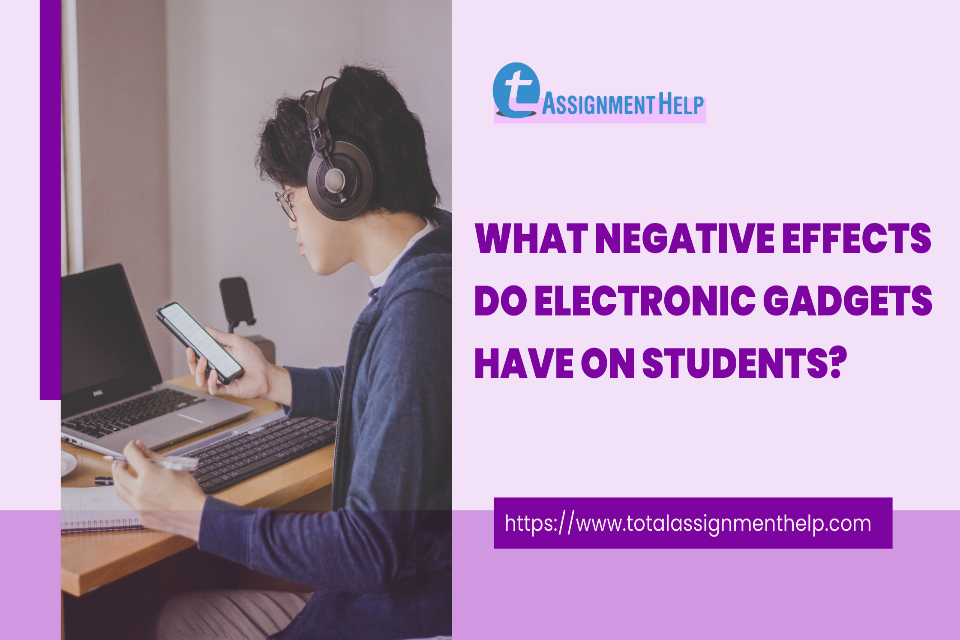What Is a Quasi-Experimental Design?

A quasi-experimental design establishes a cause-and-effect link between a dependent and independent variable similar to an actual or real experiment.
On the other hand, a quasi-experiment doesn’t depend on random allocation, unlike a real experiment. In this case, however, non-random factors determine the grouping of research subjects.
A quasi-experimental design can be quite helpful when real experiments are not possible due to practical or ethical constraints.
Quasi-experiments vs real experiments: Differences
The few distinctions between real and quasi-experimental designs are given below. Let us take a look.
Quasi-experimental design vs true experiment: Example
Let’s imagine you’re curious about the effects of a new psychological treatment on depressed people.
True experimental design: Example
Half of the patients at a psychiatric clinic would be randomly assigned to get the new treatment to conduct a real trial. The other half of the study, the control group, gets normal depression therapy.
Patients fill out a document detailing their problems every few months. It will allow understanding of the new treatment is more effective or not than the traditional treatment.
The administrators of the mental health clinic, on the other hand, may not permit you to allocate their patients to therapies at random for ethical concerns. So you won’t be able to conduct a genuine experiment in this situation. Alternatively, a quasi-experimental design might be used. Quasi-experimental design: ExampleYou learn that several of the clinic’s mental health professionals have opted to test the new treatment. Still, others who serve comparable cases have decided to continue with the old one.
Such pre-existing groups can compare the symptom development of individuals who received the novel treatment vs those who received the conventional treatment regimen.
Even though the groups were not allocated at random, if any systematic disparities between them are correctly accounted for, you can be confident that any disparities must be due to the therapy and not other confounding factors.
The different types of quasi-experimental designs
Quasi-experimental designs come in different types. Below, we’ll go through three of the most prevalent varieties.
Non-equivalent groups design
Established groups are selected by the researchers that seem to be similar. However, only one of them is treated in a non-equivalent group design.
In a true/real experiment, the control and treatment groups are considered the same apart from receiving the treatment. But, with a quasi-experimental design with non-random groups, the groups may differ in other ways, making them unequal.
Researchers will need to control or account for any confounding factors that might influence their research outcomes and choose groups that are as comparable as possible when using this design.
Non- equivalent group designs are considered the most common type of quasi-experimental design that researchers use.
Non-equivalent groups design: Example
You are curious if a new after-school programme would help improve the students’ grades. Then, two sets of students from two different schools are selected, where one school adopts the new programme while the other does not.
You will be able to determine if the after-school programme helped kids to improve their grades by comparing your control and treatment groups.
Regression discontinuity
In some cases, researchers want to investigate a potential treatment built around an arbitrary cut-off, with those who are below the threshold receiving therapy and those below it receiving none.
The disparities at this point become practically non-existent. Therefore, those under the threshold can be treated as a control group, and those over the threshold can be treated as a treatment group.
Regression discontinuity: Example
Certain high schools in the US are reserved for exceptionally bright students who must pass an admission test to attend. Students passing this test will most likely vary from those who do not in a systematic way.
Nevertheless, since the precise cut-off score is decided arbitrarily, students near the cut-off (students who scrape by on the tests and the students who fail by a hair’s breadth) are quite similar, with the small score variations owing to their luck. Therefore, any differences in outcomes should be due to their school.
The long term results on both these groups will determine if getting into a prestigious school influence the students.
Natural experiments
Participants are allocated to groups by the researcher in both lab and outdoor tests. In a natural experiment, the subjects are sorted into groups using a random factor into the treatment groups for the research.
Despite natural experiments utilizing random assignment for the treatment groups, they are not considered true experiments since natural experiments are generally observational.
The outcome of the event can be studied to determine the effectiveness of the treatment despite the researchers having no control over the study’s independent variable.
Natural experiments: Example
One of the most renowned natural experiments is the Oregon Health Study. It was decided back in 2008 that Oregon State would enrol more low-income individuals in Medicaid, the state health insurance programme offered to low-income American citizens.
But since they could not enrol every qualified individual, the state decided to hold a lottery.
Qualified individuals are placed into the treatment group, while the control group consists of eligible individuals who did not qualify for the lottery. Analyzing both the groups, researchers would be able to determine the effectiveness of the government initiative.
Quasi-experimental design: When to use
Although actual experiments have better internal validity, you may want to employ a quasi-experimental design for moral or situational factors.
Ethical
A real experiment is not always possible since giving or withdrawing treatment at random is immoral. However, employing a quasi-experimental design would help alleviate the ethical concerns in such situations.
A noteworthy example is the Oregon Health Study. It would be immoral to grant health insurance to certain people at random while denying it to others purely for research.
Yet, the Oregon state government was confronted with budgetary limits and chose to offer health insurance through a lottery. It is a more ethical approach to examine the event after it occurred to investigate the same problem.
Practicality
In some cases, a true experimental design could be impossible to accomplish or just plain costly, especially for those with limited funding sources.
Occasionally, too much effort is expended in sampling and correctly developing a theory for enough individuals to warrant a legitimate experiment.
In both conditions, a quasi-experimental design will help investigate the topic by utilizing data that has already been paid for or gathered by other reliable sources, like the government.
Quasi-experimental design: Pros and cons
When comparing it with other research types, several pros and cons come with quasi-experimental designs.
ü They have higher external validity since they use real-world cases instead of lab settings to conduct experiments.
ü Internal validity is higher in non-experimental research than in experimental studies because it allows for greater confounding factors control.
x Internal validity is lower than real experiments since it is impossible to confirm that all confounding variables have been controlled without randomization.
x Retrospective data acquired for other purposes might be incomplete, erroneous, or hard to find.
Frequently Asked Questions
What is the definition of a quasi-experiment?
Ans. A quasi-experiment design tries to prove a cause-and-effect link. The only difference with a true experiment is its non-random treatment group allocations.
What is the definition of random assignment?
Ans. In experimental research, random assignment is a way of randomly selecting participants from your sample to distinct groups.
When is it appropriate to employ a quasi-experimental approach?
Ans. When doing a genuine experiment would be unethical or impractical, quasi-experimental design is the best option.
Total Assignment Help
Incase, you are looking for an opportunity to work from home and earn big money. TotalAssignmenthelp Affiliate program is the best choice for you.
Do visit :https://www.totalassignmenthelp.com/affiliate-program for more details
Total Assignment help is an assignment help Online service available in 9 countries. Our local operations span across Australia, US, UK, South east Asia and the Middle East. With extensive experience in academic writing, Total assignment help has a strong track record delivering quality writing at a nominal price that meet the unique needs of students in our local markets.
We have specialized network of highly trained writers, who can provide best possible assignment help solution for all your needs. Next time you are looking for assignment help, make sure to give us a try.
Looking for Assignment Help from Top Experts ?
Get the best Assignment Help from leading experts from the field of academics with assured onetime, 100% plagiarism free and top Quality delivery.



